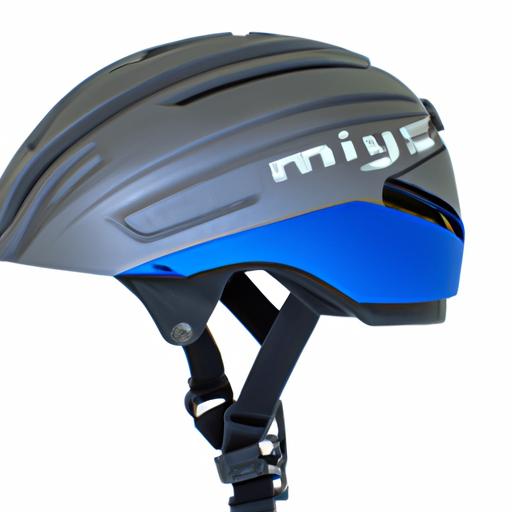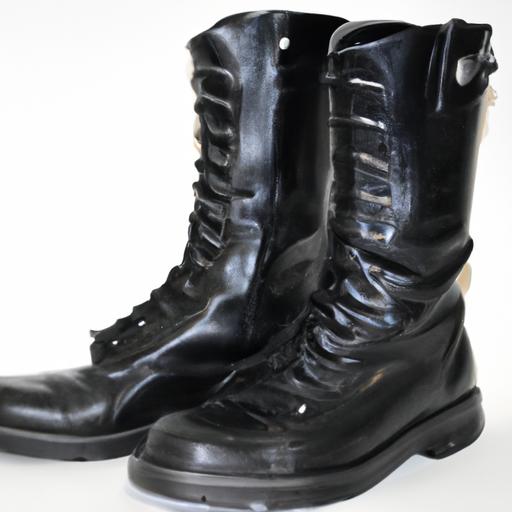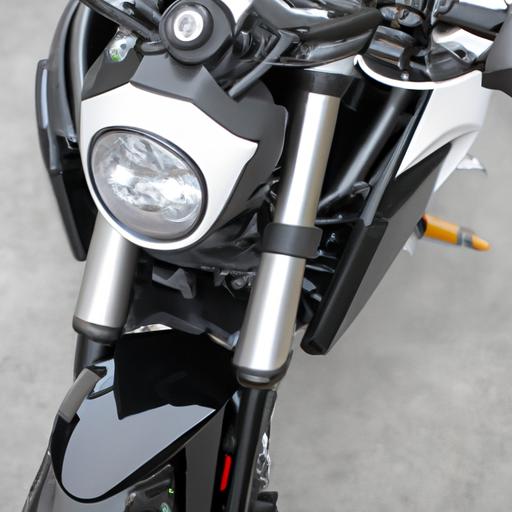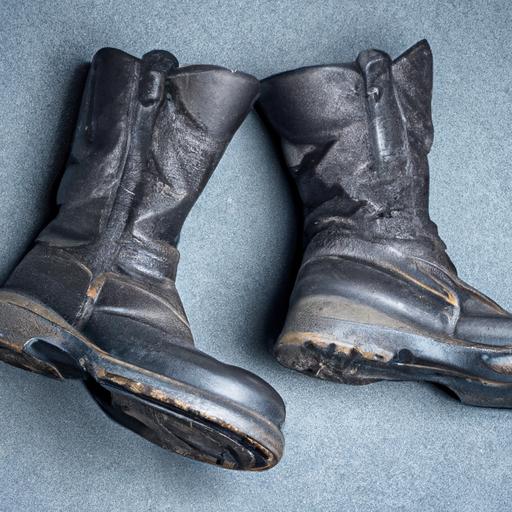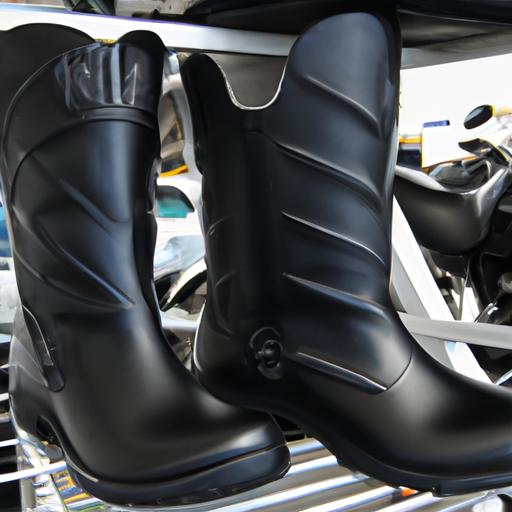What is MIPS Helmet Technology: Enhancing Safety in Helmet Design
Imagine yourself racing down a mountain on your bicycle or carving through fresh powder on your skis. As exhilarating as these activities can be, they also come with inherent risks. That’s where helmet technology steps in, ensuring our safety is not compromised during these thrilling adventures. One such groundbreaking technology that has revolutionized helmet design is MIPS. In this article, I will delve into the world of MIPS helmet technology, exploring its purpose, functionality, and the benefits it brings to helmet wearers like you and me.
Helmets have always been an essential piece of protective gear, safeguarding our heads from potentially life-threatening injuries. However, traditional helmets mainly focus on linear impacts, such as direct hits or falls. But what about rotational forces that can occur during an impact? This is where MIPS, an abbreviation for Multi-directional Impact Protection System, takes center stage.
MIPS helmet technology is designed to address the rotational forces that can lead to severe brain injuries. It introduces a slip-plane system within the helmet, which mimics the brain’s natural protective mechanisms. This slip-plane allows the helmet to rotate slightly upon impact, redirecting and reducing the rotational energies that can cause brain trauma.
The significance of MIPS helmet technology cannot be understated. Countless studies have shown that rotational forces contribute significantly to brain injuries and concussions. By incorporating MIPS technology, helmets can better protect wearers from these dangerous forces, minimizing the risk of long-term consequences.
In the next sections, I will delve deeper into how MIPS helmet technology works, the benefits it offers, and the industries and activities where it has become prevalent. So, sit back, relax, and let’s explore the world of MIPS helmet technology together.
Understanding MIPS Helmet Technology
Defining MIPS Helmet Technology and its Purpose
MIPS helmet technology is a revolutionary system designed to provide an extra layer of protection against brain injuries caused by rotational forces. Unlike traditional helmet designs that primarily focus on linear impacts, MIPS technology addresses the rotational forces that can occur during an accident or collision.
How MIPS Differs from Traditional Helmet Designs
Traditional helmets are engineered to absorb and dissipate the energy from direct impacts. They are effective in reducing the risk of skull fractures or severe head injuries resulting from linear forces. However, they often fall short in protecting against rotational forces, which can lead to brain trauma.
MIPS technology, on the other hand, introduces a slip-plane system that allows a helmet’s outer shell and inner liner to rotate independently of each other. This rotational movement mimics the brain’s natural protective mechanism by redirecting and reducing the rotational energies that can cause brain injuries.
Key Components and Features of MIPS Technology
MIPS helmet technology comprises several essential components that work together to enhance safety. The key components include:
-
Slip-Plane: The slip-plane is a thin layer located between the helmet’s outer shell and the liner. It allows the helmet to rotate slightly upon impact, reducing the rotational forces transmitted to the brain.
-
Low-Friction Layer: The slip-plane consists of a low-friction layer made of a specialized material. This material is designed to minimize the friction between the helmet’s outer shell and the liner, facilitating smooth rotational movement.
-
Anchor Points: MIPS technology incorporates anchor points that hold the slip-plane in place within the helmet. These anchor points ensure that the slip-plane functions effectively during an impact, allowing for optimal rotational movement.
By combining these key components, MIPS helmet technology provides wearers with an advanced level of protection, specifically targeting the rotational forces that can lead to brain injuries. In the next section, we will delve into how MIPS helmet technology actually works to mitigate these forces and enhance overall safety.
How Does MIPS Helmet Technology Work?
The Mechanism Behind MIPS Technology
At the core of MIPS helmet technology lies a simple yet ingenious concept: a slip-plane system. This system introduces a low-friction layer between the helmet’s outer shell and the inner padding, allowing for relative movement during an impact. This movement mimics the brain’s own protective mechanism, reducing the forces exerted on the head.
The Role of the Slip-Plane
The slip-plane, positioned between the helmet’s layers, is crucial in redirecting and mitigating rotational forces. It allows the helmet to rotate slightly upon impact, effectively reducing the strain on the brain. This innovative design ensures that the rotational energy is absorbed and dispersed across the helmet, preventing it from being concentrated in one area.
Reducing Rotational Forces during Impacts
During an accident or collision, various forces act upon the head, including linear and rotational forces. While traditional helmets are effective at absorbing linear impacts, they often fall short when it comes to rotational forces. MIPS technology addresses this issue by providing an additional layer of protection.
When a rotational force is exerted on a MIPS-equipped helmet, the slip-plane allows the outer shell to move independently from the inner padding. This movement redirects the rotational energy away from the brain, reducing the risk of brain injuries and concussions. By absorbing and dissipating these forces, MIPS helmet technology significantly enhances the level of protection provided to the wearer.
In the next section, we will delve into the incredible benefits that MIPS helmet technology brings to helmet wearers, making it an indispensable feature for anyone seeking optimal safety during their adventures.
Benefits of Using MIPS Helmet Technology
When it comes to helmet technology, MIPS stands out as a game-changer, offering a myriad of benefits that enhance your safety during various activities. Let’s take a closer look at why wearing a helmet equipped with MIPS technology is a smart choice:
Reduction in Brain Injuries and Concussions
One of the primary advantages of MIPS helmet technology is its ability to significantly reduce the risk of brain injuries and concussions. By allowing the helmet to rotate slightly upon impact, MIPS technology effectively dissipates the rotational forces that can cause severe trauma to the brain. This means that even in the event of a fall or collision, your head is better protected, reducing the likelihood of life-altering injuries.
Enhanced Protection Against Rotational Impacts
Traditional helmets primarily focus on linear impacts, but MIPS takes safety a step further by addressing rotational forces. These rotational impacts occur when the head experiences a twisting motion during an accident. MIPS technology’s slip-plane system helps to mitigate these forces by allowing the helmet to rotate independently of your head. This innovation significantly reduces the strain on your brain, providing enhanced protection and decreasing the risk of long-term damage.
By incorporating MIPS helmet technology, helmet manufacturers have revolutionized the way we think about head protection. The benefits it offers, such as reducing brain injuries and concussions while providing enhanced protection against rotational impacts, make it an indispensable feature in modern helmets.
In the next section, we will explore the industries and activities where MIPS helmet technology has gained widespread adoption. So, let’s continue our journey through the world of MIPS and discover where it plays a vital role in ensuring our safety.
Industries and Activities Where MIPS Helmet Technology is Prevalent
Diverse Sectors Embracing MIPS Helmet Technology
In recent years, MIPS helmet technology has gained widespread adoption across various industries, ensuring enhanced safety for individuals engaging in high-risk activities. Let’s explore some of these sectors where MIPS technology has made a significant impact.
Sports: A Prime Arena for MIPS Helmet Technology
Sports enthusiasts, both amateur and professional, have recognized the critical role of MIPS helmet technology in reducing head injuries. From football and hockey to snowboarding and motocross, MIPS-equipped helmets are becoming the go-to choice for athletes seeking optimal protection. These helmets excel in mitigating rotational forces, offering athletes peace of mind as they push their boundaries on the field, rink, or track.
Cycling: Revolutionizing Safety on Two Wheels
Cyclists, whether on the road or mountain trails, face the constant risk of accidents. MIPS helmet technology has become increasingly prevalent in the cycling community, with renowned brands incorporating this innovative system into their helmet designs. By providing additional rotational impact protection, MIPS technology significantly reduces the likelihood of severe head injuries during cycling accidents.
Skiing and Snowboarding: Navigating the Slopes with Confidence
The world of winter sports has also embraced MIPS helmet technology to ensure the safety of skiers and snowboarders. The unpredictable nature of these activities increases the risk of falls and collisions, making it crucial to prioritize head protection. MIPS-equipped helmets offer an extra layer of defense, minimizing the rotational forces that can occur during accidents on the slopes.
Professional Athletes and Organizations Leading the Way
Professional athletes and organizations play a pivotal role in driving the adoption of MIPS helmet technology. Many renowned athletes across various sports have chosen MIPS-equipped helmets as their preferred protective gear, endorsing the efficacy and reliability of this technology. Moreover, organizations devoted to promoting safety, such as the National Ski Patrol and the National Highway Traffic Safety Administration, actively advocate for the use of MIPS helmets, further solidifying their importance in the industry.
As MIPS helmet technology continues to gain recognition and trust, it is expected to expand its presence in additional sectors and activities. The commitment to safety exhibited by these industries and the endorsement from professional athletes serve as a testament to the effectiveness of MIPS technology in preventing and reducing head injuries.
Conclusion
In conclusion, MIPS helmet technology has emerged as a game-changer in the realm of helmet design and safety. By addressing the rotational forces that can occur during impacts, MIPS helmets offer enhanced protection for our most vital organ – the brain.
Through the slip-plane system, MIPS helmets allow for a slight rotation upon impact, effectively reducing the potentially harmful rotational energy that can lead to brain injuries and concussions. This innovative technology has the potential to significantly mitigate the long-term consequences of such injuries, improving the overall safety of helmet wearers.
Industries and activities across the board have recognized the value of MIPS helmet technology. From professional sports to recreational activities like cycling and skiing, MIPS helmets have become prevalent, embraced by athletes, organizations, and safety-conscious individuals alike.
When it comes to your safety, don’t compromise. Consider investing in a helmet equipped with MIPS technology, ensuring you have an extra layer of protection against rotational forces. Remember, accidents can happen in the blink of an eye, but with MIPS, you can rest assured knowing that you’ve taken the necessary steps to safeguard your wellbeing.
As technology continues to advance, it is exciting to envision future developments in helmet design and safety. With ongoing research and innovation, we can anticipate even more effective solutions to protect our heads from the unexpected.
So, whether you’re hitting the slopes, pedaling through the city streets, or engaging in any activity where a helmet is essential, choose MIPS helmet technology. Prioritize your safety and embark on your adventures with peace of mind, knowing you’ve made a smart and informed decision to protect yourself.
